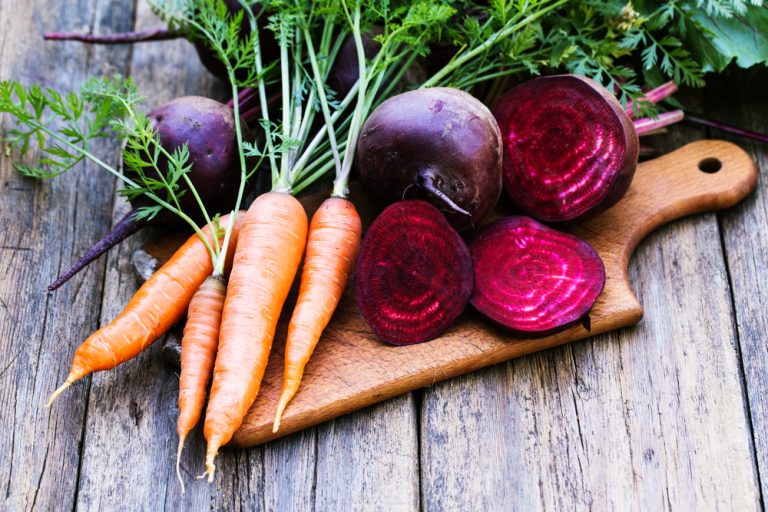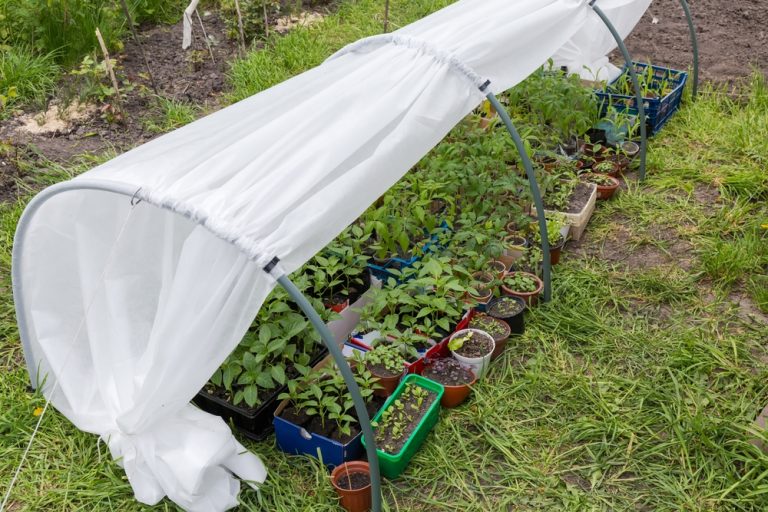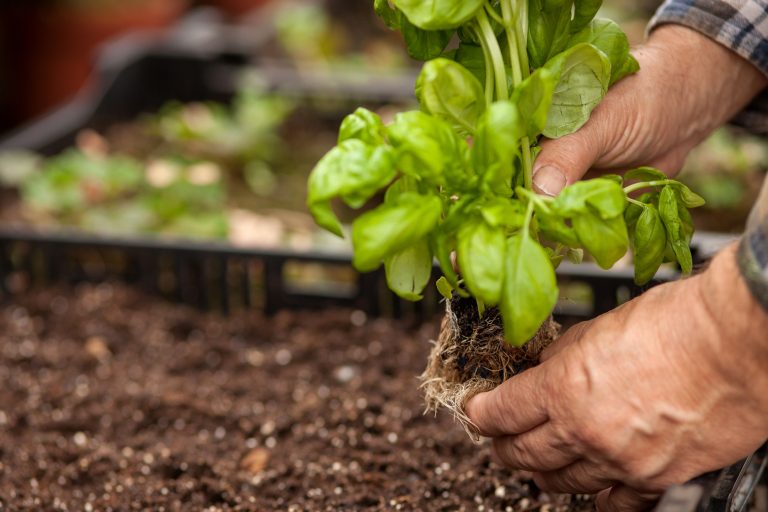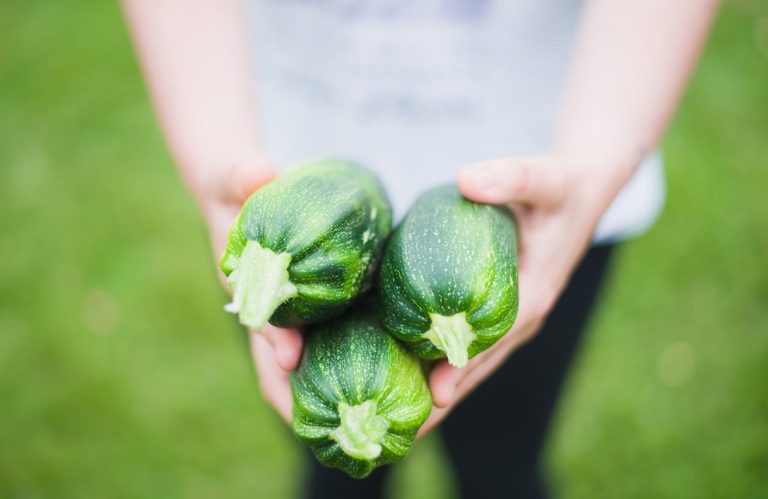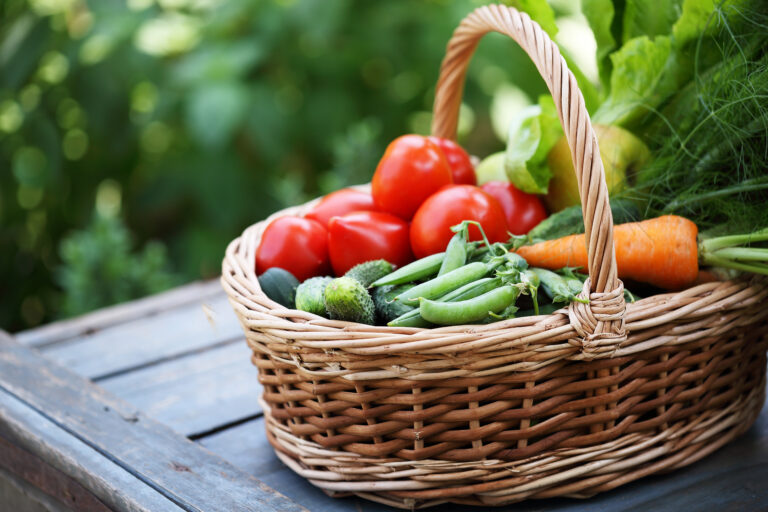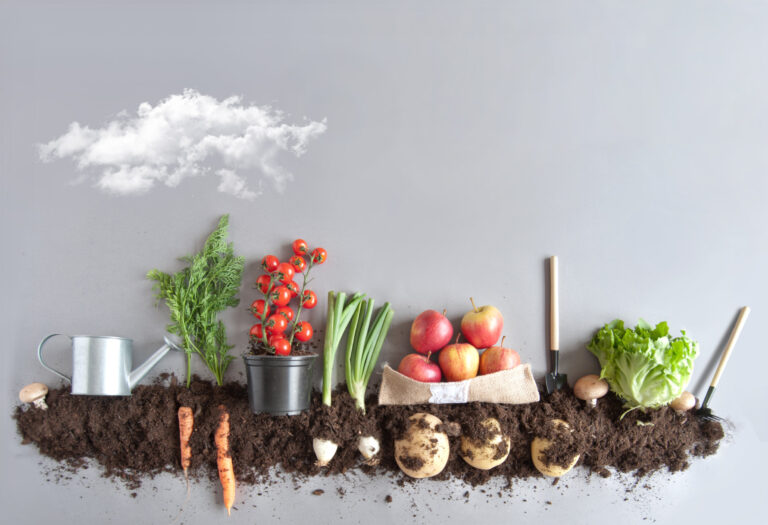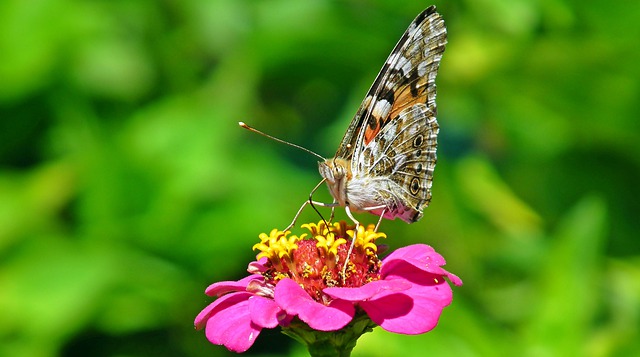Most people assume December is the month your garden goes into hibernation, your tools get shoved into the garage, and your hopes of fresh produce are postponed until spring. But then the question sneaks into your mind: Is it actually possible to grow vegetables outdoors in December? The idea feels bold, maybe even a little…
Vegetable Garden
9 Root Vegetables That Should Be Stored in Sawdust
You know that feeling when you open the pantry, reach for a humble root vegetable, and realize it has shriveled into something that looks like it survived a desert apocalypse? It’s heartbreaking, mildly horrifying, and entirely avoidable. Gardeners and old-school homesteaders have known a secret for centuries: sawdust is basically a spa day for root…
Cold Frame Magic: How to Keep Growing Fresh Veggies Through Winter
Stepping outside on a frosty morning feels like bending the rules of nature—like you’ve somehow slipped yourself into an exclusive year-round gardener’s club. While everyone else is mourning the end of tomato season and packing away their trowels, you’re still harvesting dinner like it’s May. The secret weapon? A humble but powerful cold frame. Once…
9 Vegetables That Attract Aphids in Fall
You’ve spent all summer tending your garden—watering, weeding, and proudly watching your veggies thrive. But as the cool crisp air of fall rolls in, tiny uninvited guests often show up for a feast. Aphids—those sneaky, sap-sucking pests—can turn your lush fall harvest into a sticky mess faster than you can say “where did all my…
9 Vegetables You Should Still Plant in October
Think October means the gardening season is over? Not so fast! While pumpkin patches and falling leaves steal the spotlight this time of year, your garden still has plenty of life left in it. In fact, October can be a surprisingly great month to get new veggies in the ground. With cooler temps, fewer pests,…
The 8 Easiest Vegetables to Grow (Even If You’ve Killed Every Plant Before)
Think you have a black thumb? Don’t worry, you’re not alone. Many people struggle to keep plants alive, but growing your own vegetables doesn’t have to be complicated. Some veggies are incredibly forgiving, even for total beginners. Most of them grow like weeds! Whether you’re planting in a backyard garden, on a balcony, or in…
14 Nutrient-Dense Vegetables to Grow in Your Garden
Growing your own vegetables can be a rewarding endeavor, both for your health and the environment. With an increasing interest in self-sustainability and organic gardening, choosing the right types of plants for your garden is essential. Nutrient-dense vegetables, which are packed with vitamins, minerals, and antioxidants, offer significant health benefits. Here, we explore 14 nutrient-dense…
10 Natural Ways to Control Pests in Your Vegetable Garden
In the quest for sustainability and eco-friendliness, gardeners are turning to natural methods to keep their backyard vegetable gardens thriving while maintaining the ecological balance. With the growing awareness of the harmful effects of synthetic pesticides, natural pest control has become a trending and vital aspect of home gardening. Here are 10 natural ways to…
7 Financial Benefits of Backyard Gardening
You probably started gardening as a hobby. However, you might have always wondered if you could use gardening to save money. You certainly can. In fact, you can actually garden to make money if you’re savvy about it. The financial benefits of backyard gardening go beyond just saving at the grocery store, too! Here are…
4 Reasons to Plant Flowers in and Around Your Vegetable Garden
For a long time, I thought planting flowers was a pointless and frivolous gardening activity. Sure, they looked nice, but I was much more interested in growing food. Being able to grow frequently eaten foods such as lettuce, tomatoes, and arugula, meant that my grocery bills were lower, and I was even able to share…

